
The Porsche 968 was Porsche’s last attempt to conquer the sports car market with a four-cylinder transaxle for the 1992 model year. In contrast to its predecessor, the Porsche 944, it lives a shadowy existence. Unjustly, in our opinion. The Porsche 968’s qualities are obvious – excellent pulling power, great handling, extremely high manufacturing quality and high reliability. In this Elferspot Porsche 968 buyer’s guide, we tell you what you should look out for when buying one of the final Porsche transaxles.
After the 944 had been on the market for almost a decade, Porsche wanted to launch a new entry-level model in the early 1990s. The coffers in Zuffenhausen were not well filled at the time. So Porsche decided to revise the basic design of the 944 once again. As a result, the Porsche 944 and 968 are very similar in silhouette. However, Harm Lagaay’s design team gave the 968 a new front end. It emphasizes the relationship to the 928 and anticipates the later design of the 993.
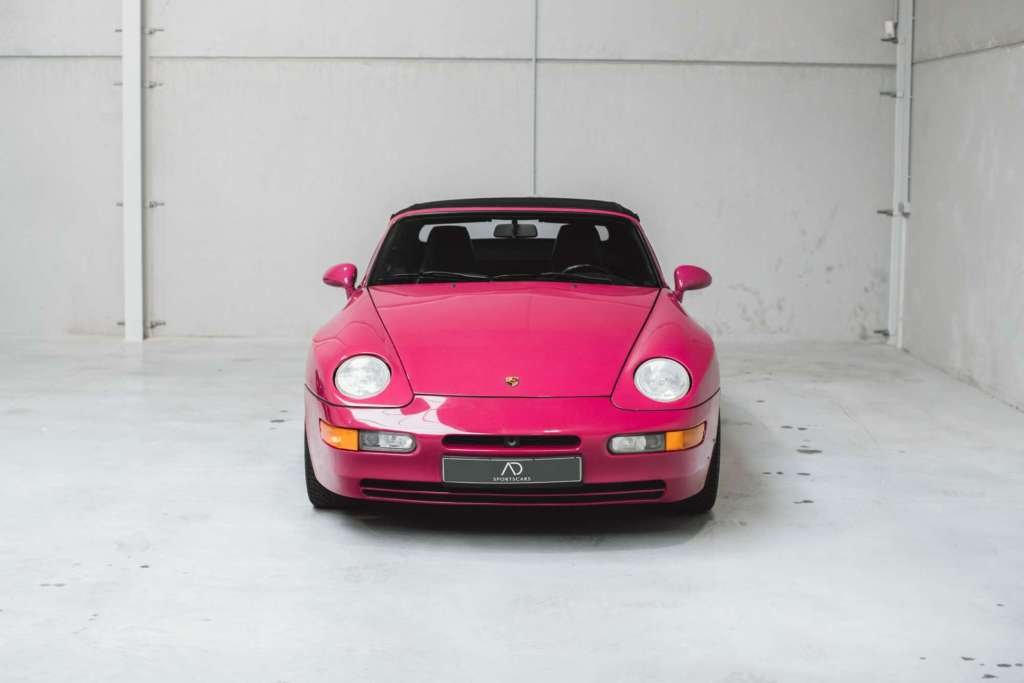
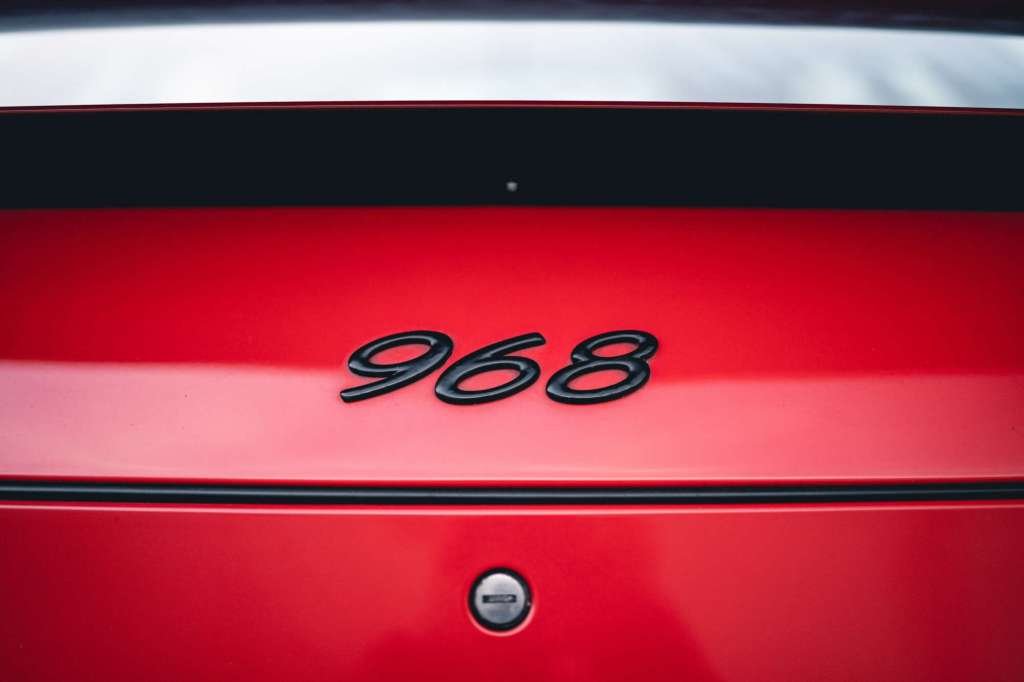

Porsche offered the 968 as a Coupé and convertible right from the start. Both body styles were available with a 6-speed manual transmission or a 4-speed Tiptronic. For the 1993 model year, the Porsche 968 CS (Club Sport) was added. Production ended in 1995. The 968 did not receive a successor. This is also due to the very low sales figures. In the literature there is talk of something over 11,000 up to almost 13,000. The Porsche Club 968 speaks of 11,763 units.
Either way, the Porsche 968 is by far the rarest transaxle model from Zuffenhausen. By comparison, over 160,000 units of the Porsche 944 were sold. Nevertheless, it has found a special place in the hearts of many Porsche fans. It is individual and, after all, the most carefully honed front-engined sports car from Zuffenhausen.
When talking about the Porsche 968, it’s usually not because of notorious rust problems. The last transaxle is exemplary when it comes to rust prevention. Its body is hot-dip galvanized and the cavities are preserved from the factory. Nevertheless, it doesn’t hurt to take a look behind the grille of the B-pillar. If there is rust, it will be expensive. Incorrectly applied jacks are also a frequent cause of damage and corrosion. Otherwise, there are no typical rust nests, provided the object of desire is accident-free.



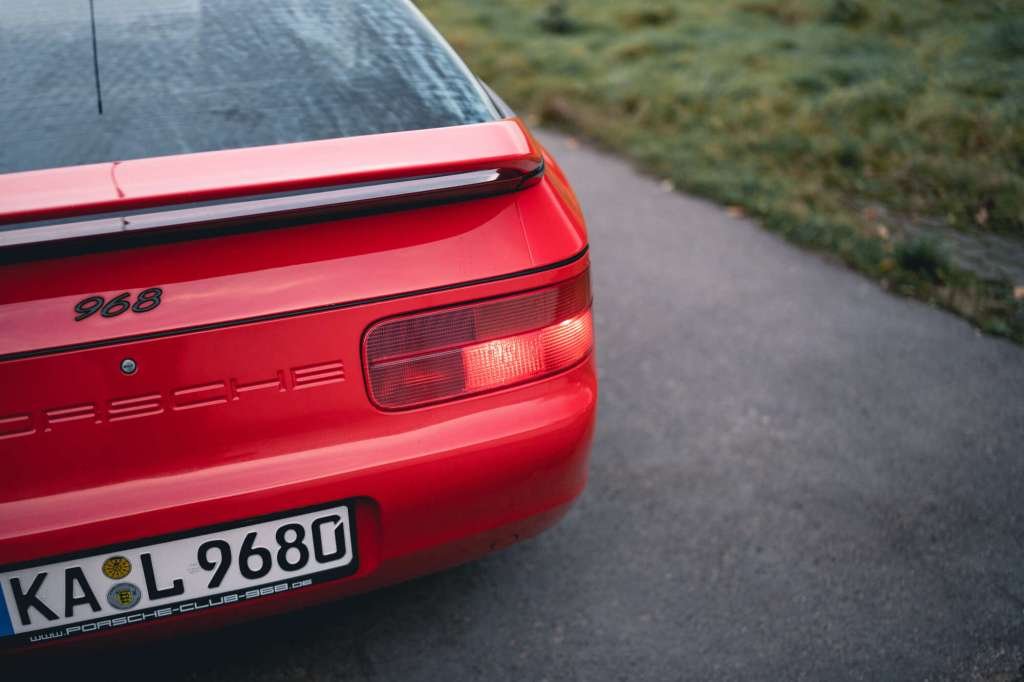
Accident damage to the Porsche 968 involves a certain risk. Once the sheet metal parts are deformed, the zinc coating is usually damaged. Over time, this leads to corrosion. In addition, body-damage to the 968 is very expensive to repair. Even a “minor” collision quickly adds up to a total economic loss. Parts availability, for example of fenders, can also become a problem.
Typical transaxle: The bonding of the rear window frame can come loose. This is caused by UV radiation and sometimes also by excessively strong gas struts. The result is a leaking rear window and consequently a wet trunk. It is therefore essential to lift the trunk carpet and take a close look.
Porsche’s powerplant for the 968, the M44/43 was based on that of the Porsche 944 S2. From a displacement of 2,990 cc, it produced 240 hp at 6,200 rpm and 305 Nm at 4,100 rpm. In other words, 29 hp and 25 Nm more than its predecessor. This was achieved through weight savings on the crankshaft, connecting rods and pistons, larger intake valves, a compression ratio raised to 11 : 1 and Porsche’s then-new VarioCam technology. This system, patented by Porsche, hydraulically adjusts the camshaft profile. It thus ensures a fuller torque curve.
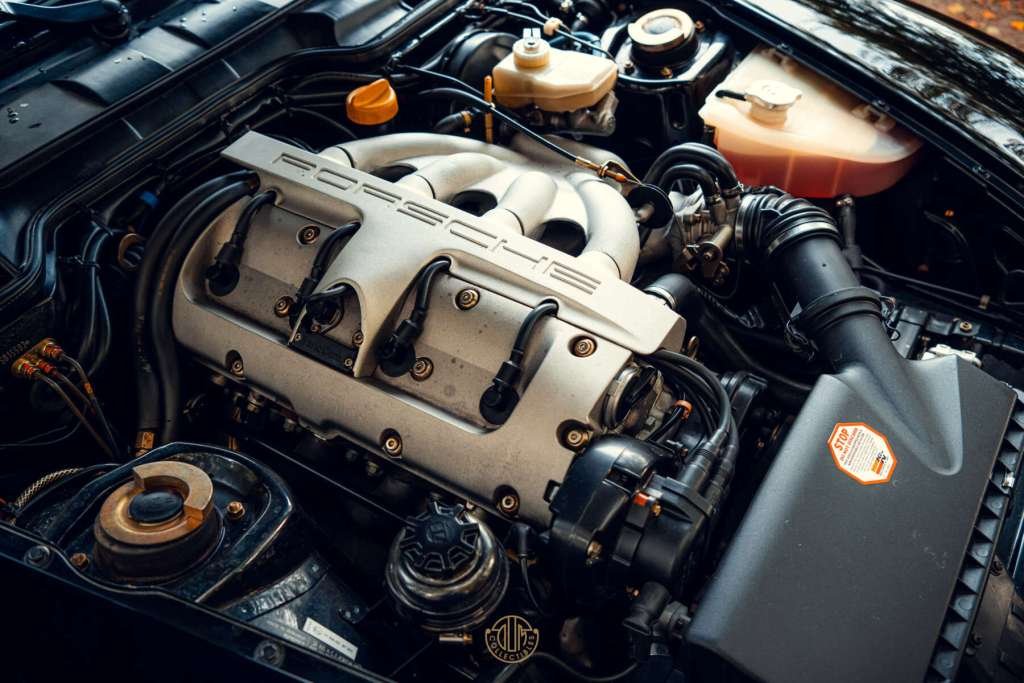
And exactly this VarioCam is one of the neuralgic points. Oil leaks can occur at the solenoid valves due to worn O-rings. Even more problematic are the VarioCam chain tensioner pads. They also wear out over the years. If they have never been replaced, you should do so immediately. And while you’re at it, be sure to take a look at the camshafts! Their pinions teeth can break and cause engine failures. If a tooth is missing or excessive wear can be seen, the corresponding camshaft should be repaired (if still possible) or replaced immediately.
With a little care, a Porsche 968 engine can withstand very high mileages of well over 300,000 kilometers.
The oil pan gasket, valve cover gasket, crankshaft seal, balancer shaft seals and oil filter housing should also be checked for leaks. If noticeable engine vibrations are reaching the interior, new engine mounts are probably due. These engines should run approximately as smoothly as a six-cylinder engine. So, if you notice a rough idle or a lack of power, this can even be due to incorrectly mounted balance shafts. Otherwise, the engines of the M44 family are robust fellows. With a little care, a Porsche 968 engine can withstand very high mileages of well over 200,000 miles. A prerequisite for this is, of course, (also) regular timing belt replacement.
However, the advantages of the transaxle concept – for example the very balanced weight distribution – come at a price. The drivetrain has increased complexity due to the rear-mounted transmission. If yowling/grinding noises come from the rear, special caution is therefore required. Both the 6-speed manual transmission and the 4-speed Tiptronic sometimes have their pitfalls.
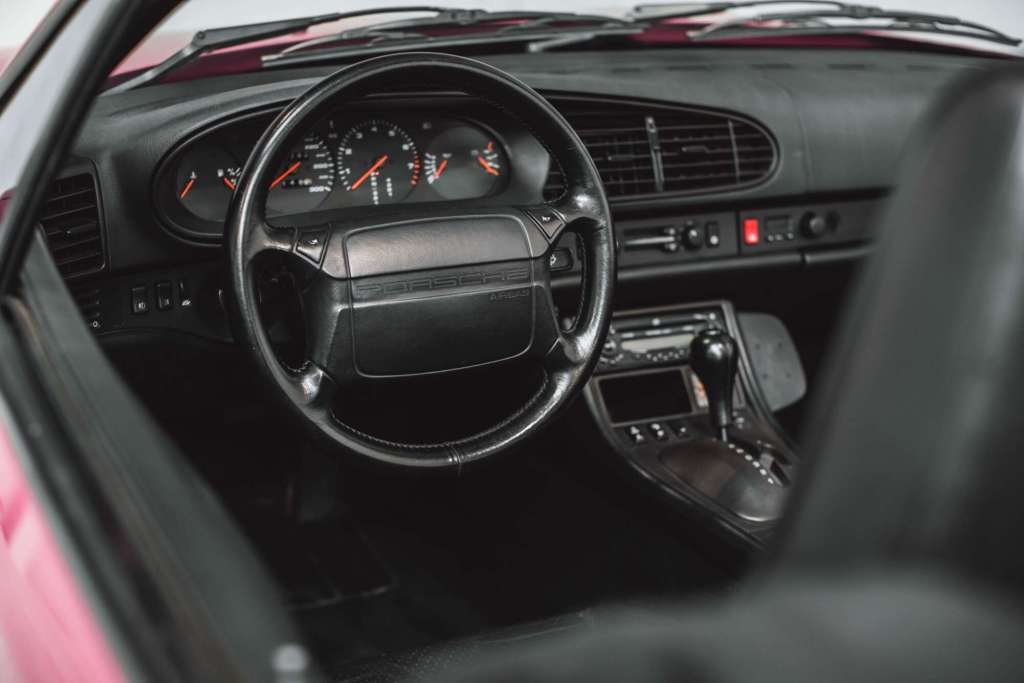
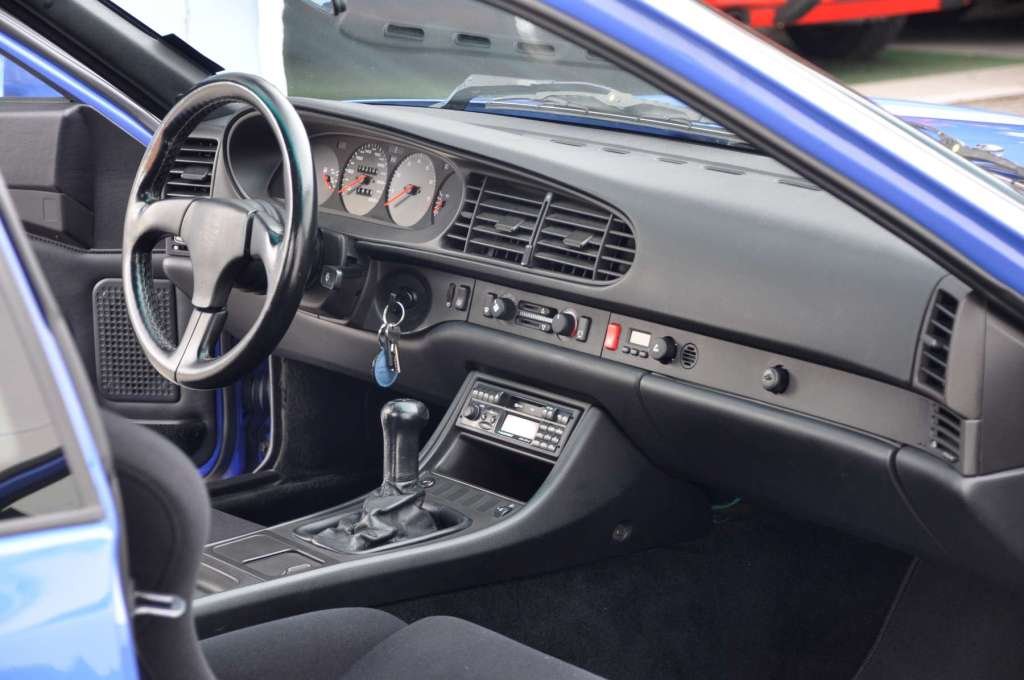
Also not indestructable is differential’s ring gear. The transmission bearings themselves (for example on the transmission input shaft) also wear over time. If bearings need to be replaced, a comprehensive overhaul with synchronizer rings is recommended. If leaks occur in the transmission, the repair is often more expensive than expected. An unusual amount of play on the shift lever or imprecise gear changes can be solved by welding in a new bolt on the shift lever.
The transaxle shaft, which connects the engine to the transmission, also needs attention from time to time. Worn bearings in it cause noticeable vibrations and noises from the below. They are most pronounced with manual transmissions around 4,200 rpm, and with Tiptronic around 3,300 rpm. But an overhaul alone is not enough. Without the appropriate special tools, correct installation is virtually impossible. If the shaft is not put back into position with absolute precision, the expensive overhaul is quickly wasted.


Vibrations and pounding in the drivetrain can also indicate a faulty dual mass flywheel. A good test for this is driving off with clutch only, when the drivetrain is fully warmed up. A noticeable rattling noise when switching the engine off is also an indication. If the flywheel needs to be replaced, an upgrade has proven effective. The Porsche 964 RS’s single-mass flywheel also fits the 968. Depending on its version, this saves up to ten kilograms. The result: significantly faster revving, at the cost of a slightly less smooth idle. Unlike its predecessors, the clutch can be changed relatively inexpensively via a service cover.
The chassis also does not show any weaknesses that go beyond normal wear. In general, the list of model-specific weaknesses remains pleasingly short. The Porsche 968 is rightly considered one of the best-manufactured Porsche sports cars ever. This high quality standard can also be felt in the handling. It is so well-balanced and objectively good that critics sometimes misunderstand it as boring.
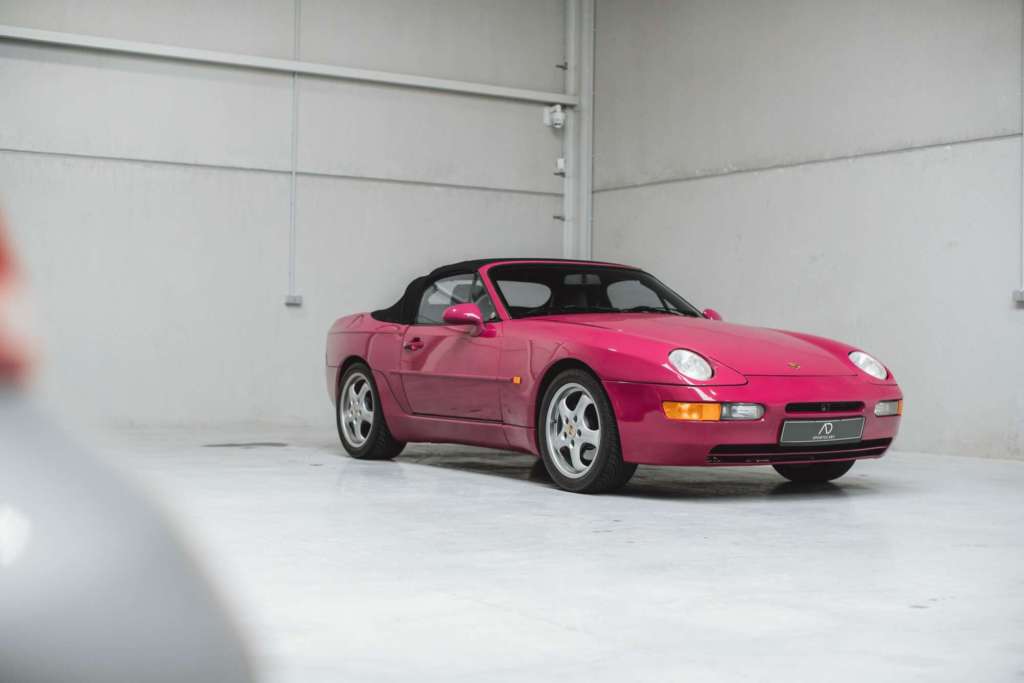
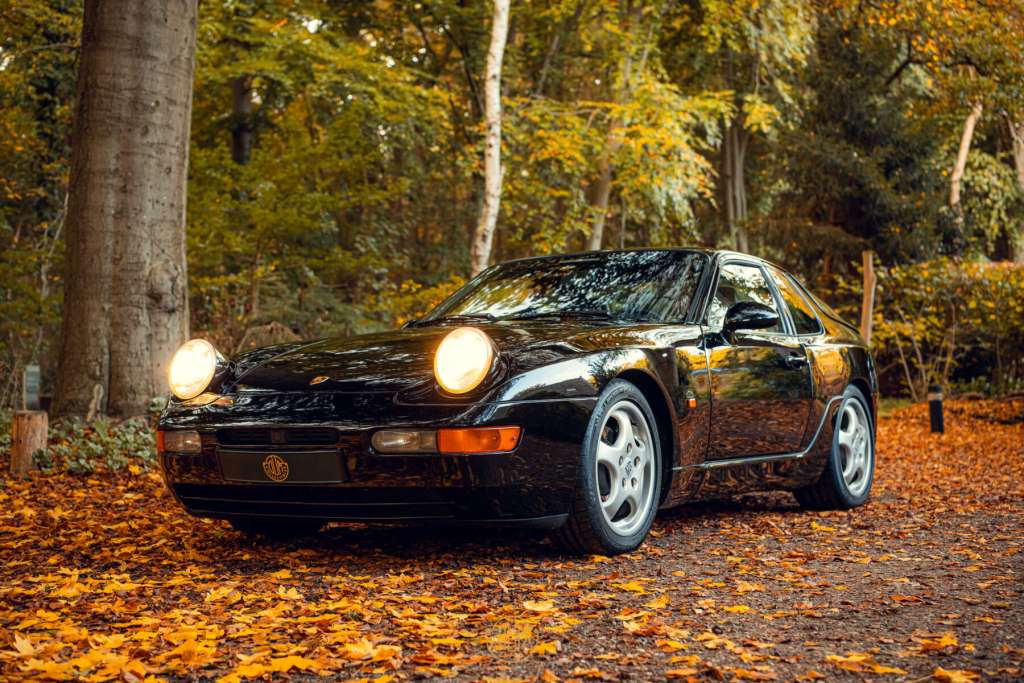

Unfortunately, the high build quality, coupled with relatively low production numbers, also has its price. The cars themselves are (still) among the more affordable Porsche sports cars in comparison. But maintenance should not be underestimated. Just replacing brake discs and pads can quickly swallow up USD 2,000. Regular timing belt changes – recommended every four or six years or 80,000 kilometers (100,000 km from MY ’93) – are also a cost driver.
Getting sluggish window regulators going again is also labor-intensive and therefore expensive. Door and window seals are now about 30 years old. Hence, they often become cracked or brittle. The welt between body panels (on the rear bumper, for example) shrinks over the years and only replacement helps here. In addition, repairs to the handbrake, the replacement of chassis bearings and the elimination of oil leaks can be very expensive. Specific Porsche 968 parts are generally not cheap and hard to get.
At 1,440 kilograms [1,470 with Tiptronic], the Cabriolet is exactly 70 kilograms heavier than the Coupé. The 968 CS is another 50 kilograms lighter than the Coupé and comes in at 1,320 kilograms. The longitudinal dynamics, on the other hand, hardly differ. All three variants are specified with a top speed of 156 mph.
Acceleration figures are also the same at 6.5 seconds from 0 to 62 mph. The Tiptronic variant is clearly above this at 7.9 seconds. This, besides only having four ratios is another reason why it is not recommended for sporty drivers. We are deliberately leaving out the extremely rare Turbo models at this point. They are too special and play in completely different price leagues.
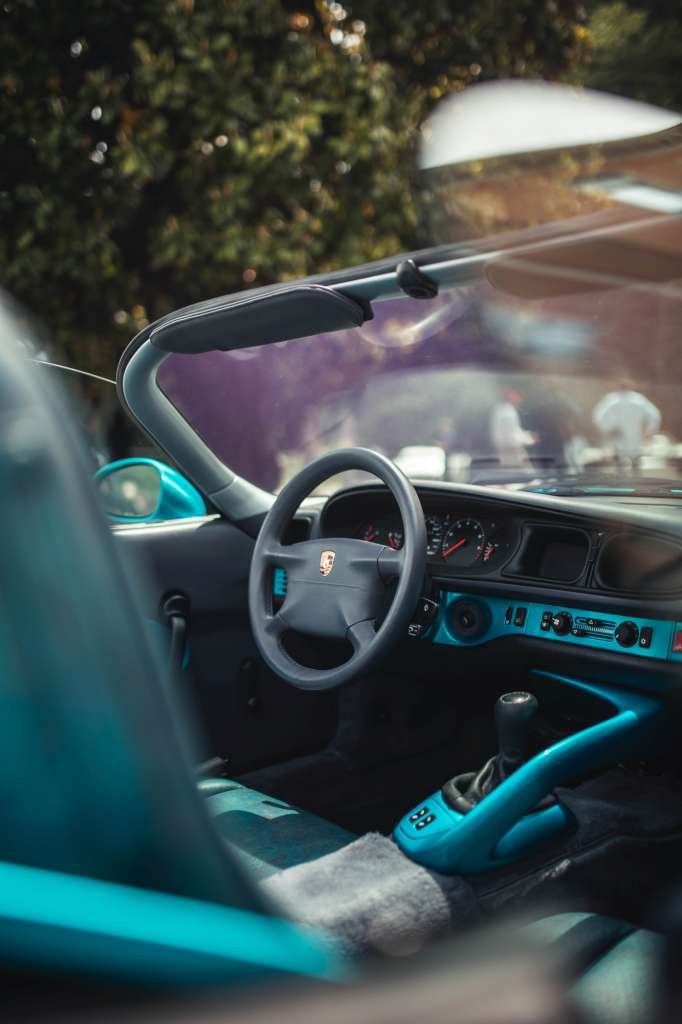
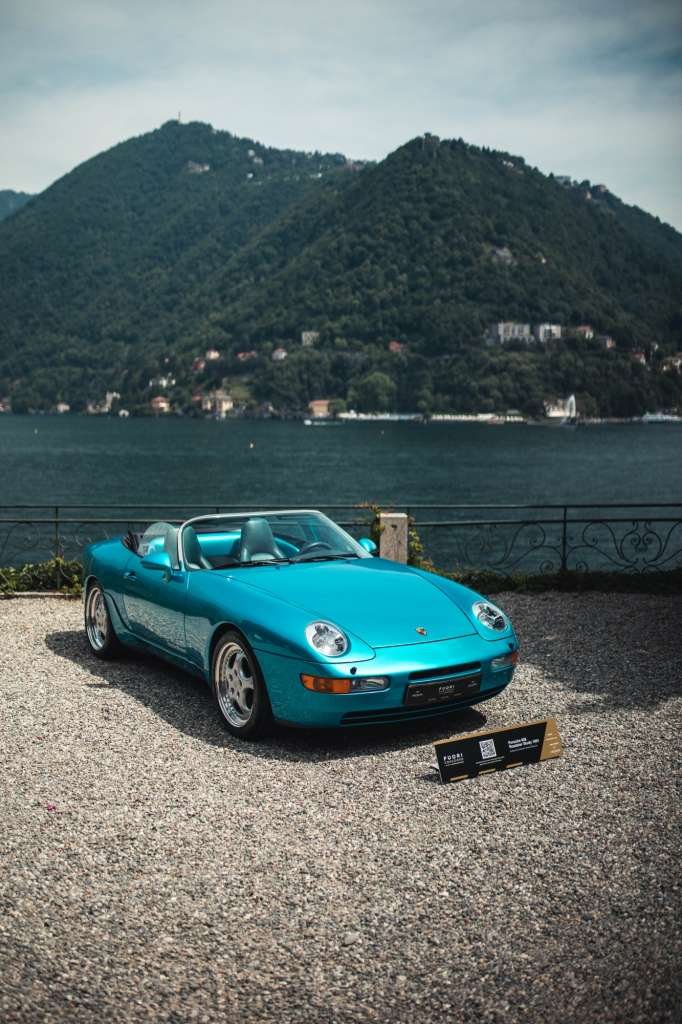
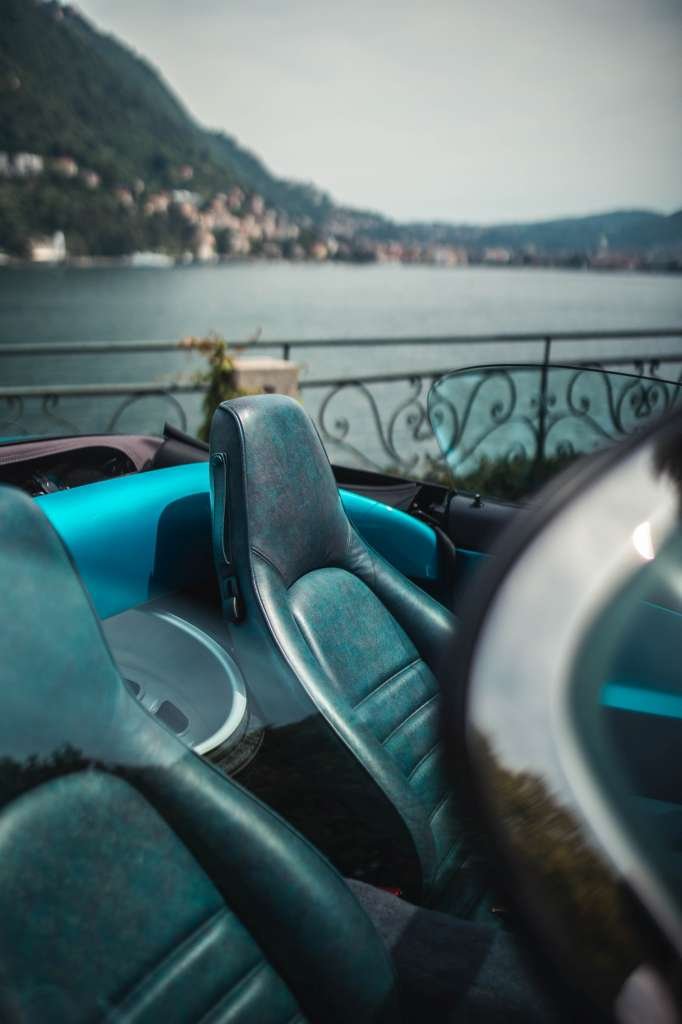
So where are the differences between the Porsche 968 Coupé and Cabriolet? Primarily in the driving experience. The main reasing being, that the Cabriolet naturally doesn’t have the stiffness of the Coupé. Combined with the slightly higher weight, it is more dignified and exhibits more body roll. By today’s standards, however, even as a Coupé, the 968 has a relatively large amount of body roll, when being driven hard. Wind noise is louder in the convertible than in the Coupé due to the fabric top.
In addition, the convertible has significantly less utility value. In the drop-top 968, the trunk is only sufficient for flat items offers a mere 225 liters. The Coupé on the other hand can haul more than 500 liters of luggage with the rear seat folded down. It is therefore the model of choice for Porsche newcomers who also want to use their vehicle in everyday life. After all, its relatively small dimensions, still contemporary performance, and exemplary fuel economy make the Porsche 968 one of the best everyday classics around.

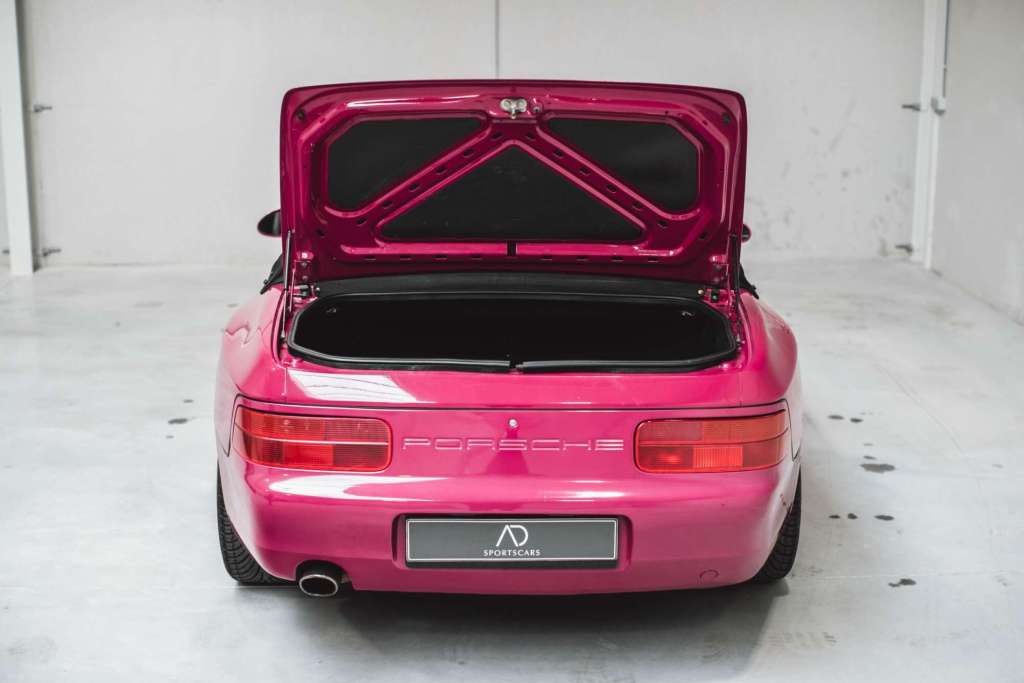

The 968 Club Sport on the other hand is generally regarded as a front-engined GT3. It weighs 50 kg less than the 968, and the limited-slip differential, a must-have for sporty drivers, comes as standard. The bucket seats, familiar from the 964 Carrera RS, were available as an optional extra. Airbags were also only available as an option. Neither rear seats, nor central locking, nor power windows were available. Rear speakers, engine compartment lighting, electric tailgate release and electrically adjustable exterior mirrors also fell victim to the diet. Add up the battery with significantly reduced capacity and the payload reduced to 250 kg and you can easily see, why the CS is not the ideal companion for everyday usage.
Its versatility makes the Porsche 968 a Swiss army knife of sports cars. It is still nippy. Its handling encourages sporty driving, and the chassis meets the very highest standards. Its utility value and fuel consumption figures are also impressive. It is a little better than the Porsche 944 in every respect, while its performance figures are almost on a par with the 964 Carrera.

In this respect, it seems doubly surprising that it could not match the commercial success of its predecessor. However, the costly addition of the VarioCam and the general production standard mean that the 968 is no bargain either in terms of purchase and maintenance. Even within the brand, the Porsche 968 is a car for individualists.
For those who are not scared away by the higher cost compared to the 944 and at the same time want the more exclusive vehicle, it is an excellent choice. And, given proper care, also a very sustainable one with a potentially long future.
Of course, prospective buyers are always concerned about their potential car’s value. Since 2019, prices for Porsche 968 Coupé and Cabrio have remained at a relatively stable level. The Tiptronic models are on average a few thousand USD cheaper. The Porsche 968 Club Sport, on the other hand, has increased in value by almost 15 percent from 2019 to 2022. This trend could continue. Demand for analog, purist sports cars is unbroken.
“Hardly any sports car manages to be as good in so many disciplines as the 968.”
Richard Lindhorst, Elferspot
However, the Porsche 968 is not a good choice as an investment. And that’s no bad thing. Because the last transaxle’s qualities are so sublime that it still deserves a place on today’s roads. Despite its market launch more than three decades ago, the Porsche 968 is not old news. Therefore, it is recommended to enjoy the Porsche 968 at every available opportunity. Due to its balance, it is also well suited for trackday use and is particularly beginner-friendly. And at the same time, it is just as suitable as an unobtrusive grand tourer. Hardly any sports car manages to be as good in so many disciplines as the 968.
© title image: DTM Collectibles
Elferspot magazine